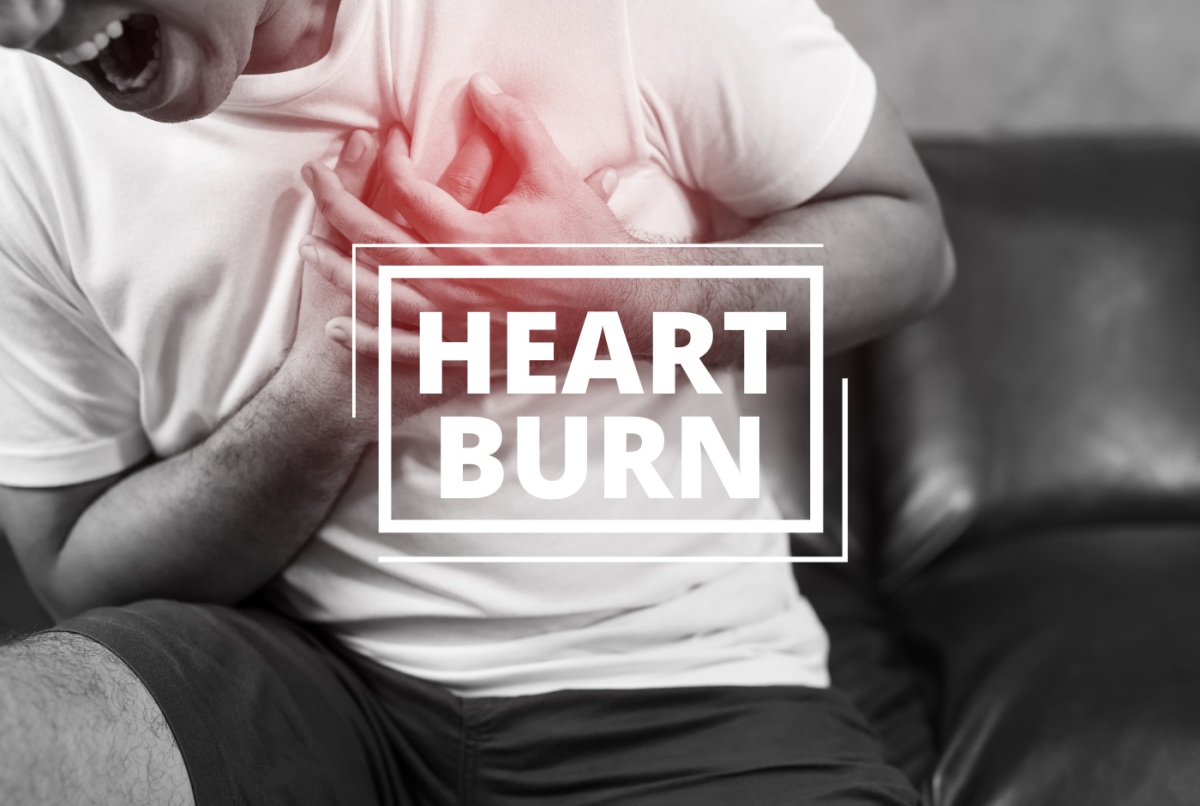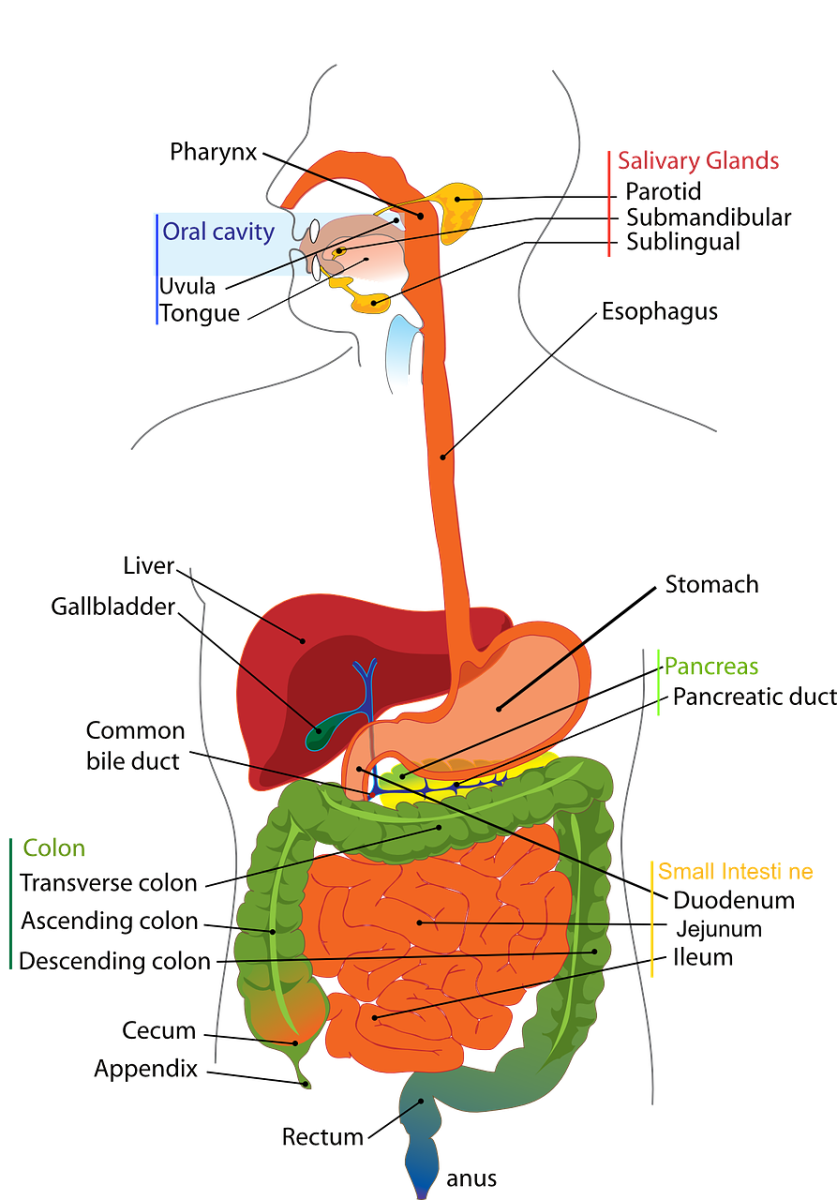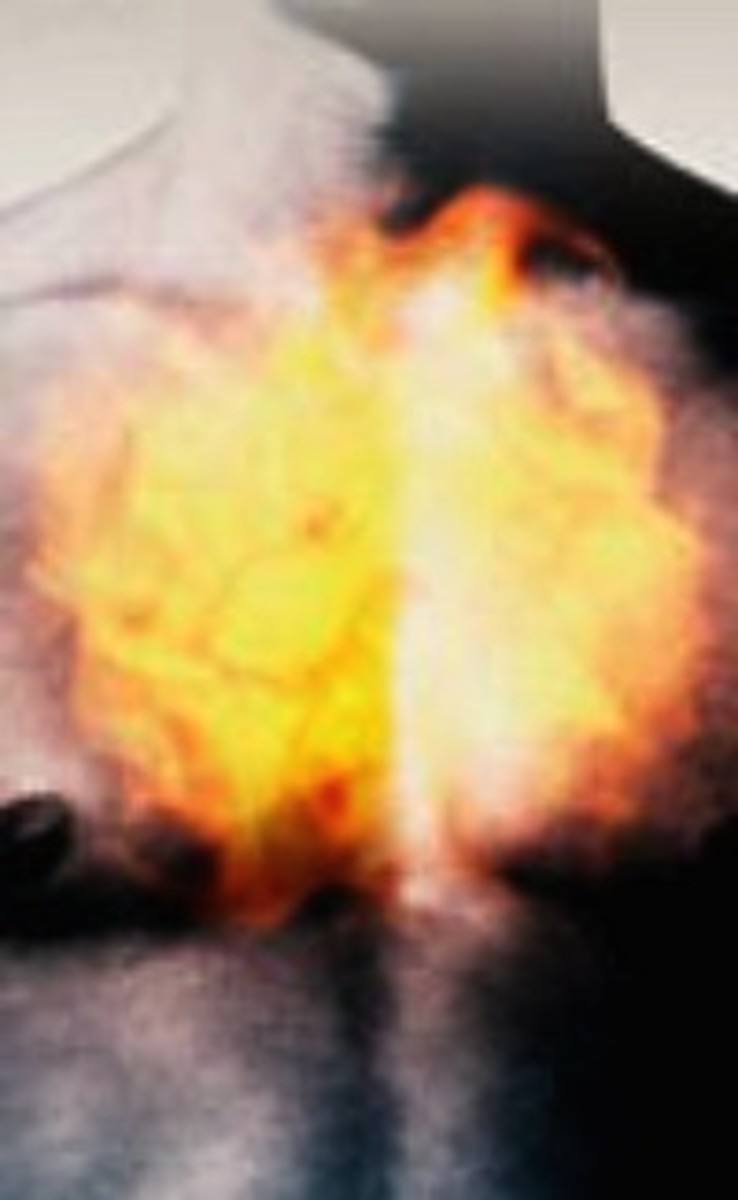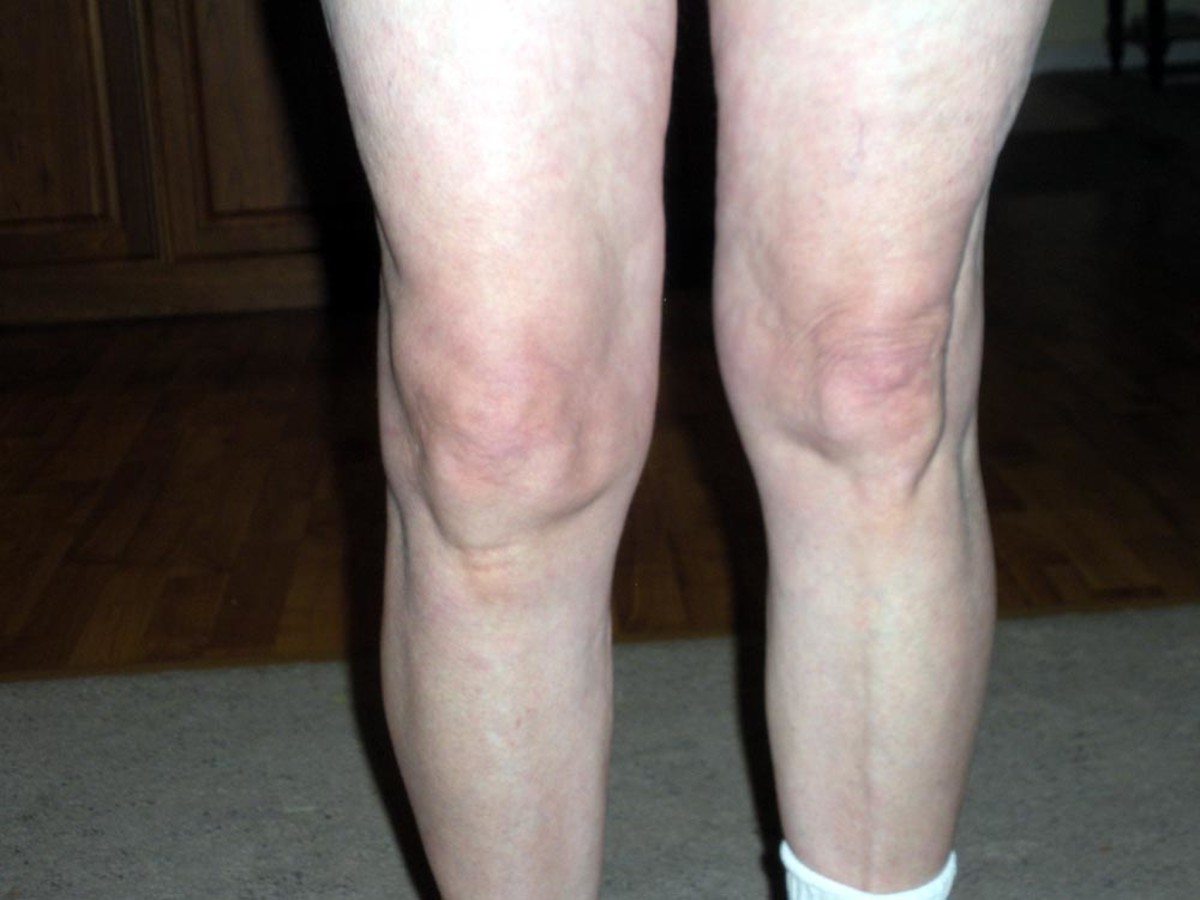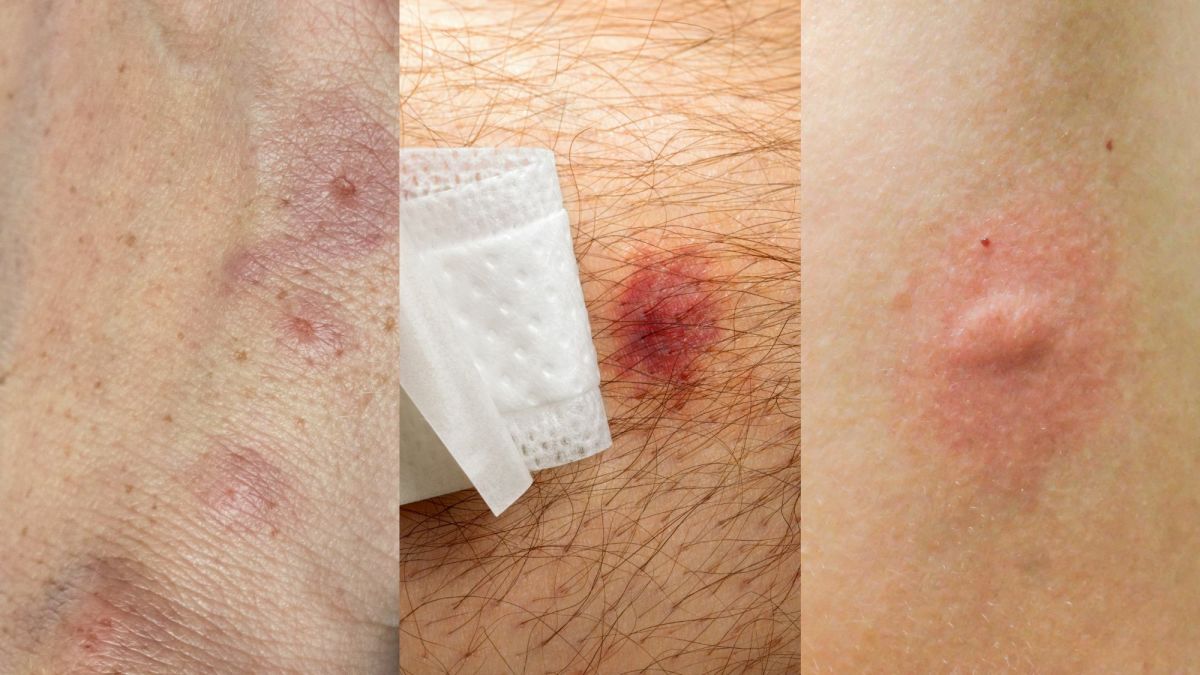Heartburn, Acid Reflux and Gastro-Oesophageal Reflux Disease (GERD)
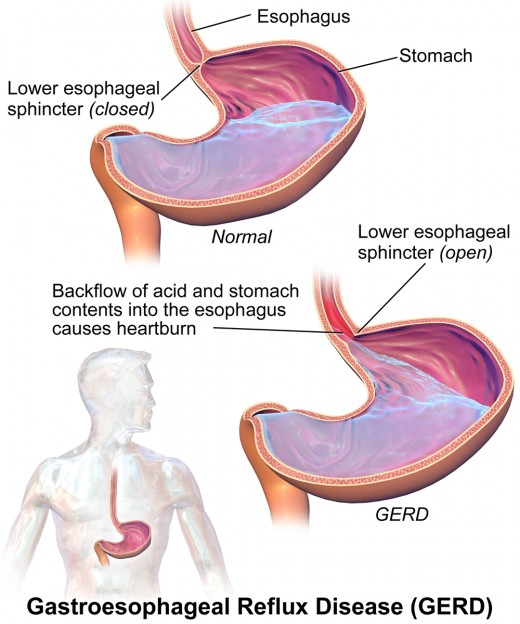
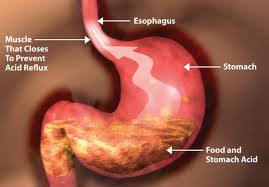
More than 60 million Americans get heartburn at least once a month
How often do you get Heartburn or acid reflux
Heartburn, Acid Reflux and GERD
Heartburn
As the holiday season fades into the distance, many of us are looking for ways to recover and repair the damage we may have inadvertently done to our bodies. Enjoyable though it may be, the holiday season comes with its own brand of stress and health hazards.
We've drunk too much, ate too much, and millions of people worldwide are frantically reaching for those handy little tums indigestion tablets. The antacids provide some welcome relief from heartburn or what may simply be a touch of indigestion that will soon pass. While this may indeed be the case, heartburn can also be a symptom of more serious, even life-threatening conditions.
Hospitals typically receive higher numbers of patient admissions at this time of the year, many cases of acid reflux are often confused with symptoms of peptic ulcers and cardiac pain or angina.
Due to the seriousness of cardiac conditions, doctors and patients alike will tend to concentrate on the heart when presented with epigastric pain, but around a fifth of all patients admitted to hospital with chest pain, are found to have gastroesophageal reflux disease (GERD) or related oesophagal conditions.
Despite the name, heartburn is not a heart condition, but like constant acid reflux and GERD; it can mimic the symptoms of a heart attack or angina. Studies from the Mayo Clinic found that between 22% and 66% of patients with noncardiac chest pain have GERD.
Heartburn from acid reflux can affect anyone including children. According to estimates, around 2% of children aged 3 to 9, and 5% aged 10 to 17 have experienced heartburn.
Acid reflux in newborns is not an uncommon disorder, in very young children heartburn is caused by an immature digestive tract that causes stomach acid to regurgitate into the oesophagus. Heartburn is more frequent in the elderly, more women than men suffer from it, many women experience heartburn and acid reflux during pregnancy.
According to statistics, more than 60 million Americans suffer from heartburn or gastroesophageal reflux at least once a month.
An estimated 10-20 percent of adults in developed countries experience reflux symptoms or heartburn at least once a week; this equates to between 4 to 8 million adults in England and Wales, with 229,000 new primary care diagnoses for GERD per year in the UK
Surveys show that two-thirds of the population experience heartburn but only around one third will consult a doctor.
Most of us consider mild heartburn or a feeling of acid in the throat that occurs about once a week, more of a nuisance than a real problem. However, a new study suggests that people who have frequent episodes of heartburn have a 78% higher risk of throat cancer.
The research study also suggests that taking antacids have a protective effect, and people who suffer from heartburn but take antacids, have a 41% lower risk of throat cancer than those who do not take medication.
Gastroesophageal reflux disease or GERD also referred to as acid reflux disease, is a severe or chronic acid reflux. A condition caused by the backflow of stomach acid and bile into the oesophagus. Although acid reflux and GERD are closely related, they are not necessarily the same condition.
Acid reflux occurs when the lower oesophagal sphincter (LES) that acts as a valve allowing food to enter the stomach from the oesophagus does not close properly. Acid stomach content can enter the oesophagus, and once there, it can give rise to indigestion symptoms, heartburn, and burning in the throat.
Severe acid reflux can lead to inflammation of the oesophagus (esophagitis) and GERD.
Although some people are born with acid reflux and GERD, there are known risk factors that will increase the likelihood of an individual developing these conditions. It is possible to develop GERD with or without the risk factors, but the greater the risk factor, the greater the chances of developing GERD. Risk factors include:
-
Obesity, many studies suggest that obesity contributes to GERD and may increase the likelihood of esophagitis, a severe inflammation of the oesophagus. Research has also found that an increased body mass index or BMI is associated with more severe GERD symptoms.
-
Heartburn in Pregnancy, hormonal and physical changes are the primary causes of heartburn during pregnancy. Pregnant women are particularly susceptible to GERD in the third trimester, this is due to the pressure exerted on the uterus, in this instance, medications like antacid are seldom effective. Although there is no real cure for heartburn in pregnancy, choosing foods and drinks that are easy to digest, avoiding rich spicy and high-fat dishes, avoiding citrus juice and coffee can help to relieve or reduce acid reflux. Drinking water before and after meals, eating small frequent meals at regular intervals, not eating at bedtime, sleeping in a propped up position can all help in the prevention of acid reflux and heartburn.
-
Asthma, people, who have asthma are at a very high risk for GERD, between 50%, and 90% of people with asthma show some symptoms of GERD.
-
Eating Pattern, strenuous activity immediately after eating, snacking at bedtime, eating heavy or spicy meals then lying on the back or bending over from the waist or straining after eating are habits that may increase the risk of heartburn and GERD. Food and drinks to avoid include alcohol in excess, caffeine drinks, citrus fruits, chocolate, fried foods, spicy foods and tomatoes.
-
Smoking, there is more research evidence to show that smoking increases the risk for GERD, it reduces the LES muscle function, increases acid secretion, impair muscle reflexes in the throat and causes damage to the protective mucus lining. Smoking can also lead to emphysema that is a form of COPD, also a risk factor for GERD.
- A hiatus hernia, this occurs when part of the stomach prolapses through the diaphragmatic oesophagal hiatus. The gastroesophageal junction becomes incompetent in the patient with a hiatus hernia, and the oesophagal acid clearance is compromised enabling the development of GERD.
- Diabetes, Where diabetes has been uncontrolled for some time, high levels of blood sugar can cause damage to the vagus nerve that controls the stomach and intestine. When the vagus nerve fails to work effectively, the gastrointestinal tract fails to move food efficiently; this results in "backup" digestion and delayed gastric emptying, a condition known as gastroparesis.
- Alcohol can have a duel effect when it comes to GERD. When consumed in excess, alcohol causes the LES muscles to relax, resulting in acid reflux that irritates the oesophagal mucosal membrane. Conversely, small amounts of alcohol can help to protect the mucosa.
Gastroesophageal Reflux Disease Symptoms and complication associated with Acid Reflux
- Silent reflux is a type of reflux that does not exhibit symptoms of heartburn or indigestion, individuals with silent reflux are often unaware of the condition that can still cause cancer. Silent reflux affects over 50 million American.
- Heartburn
- Nausea
- Acid food regurgitation
- Difficulty swallowing
- Damage to the oesophagus
- Persistent cough
- Damage to the teeth
- Respiratory symptoms
- Esophageal cancer
The most common complication of acid reflux and GERD is inflammation leading to esophagitis, stricture, Barrett's oesophagus, ( potentially a precancerous condition) and adenocarcinoma.
Severe heartburn can cause different types of abnormal cells that are likely to become cancerous, to grow and develop in the oesophagus.
By J Alexis-Hagues © 16/01/2014
Cardiac Condition or GERD
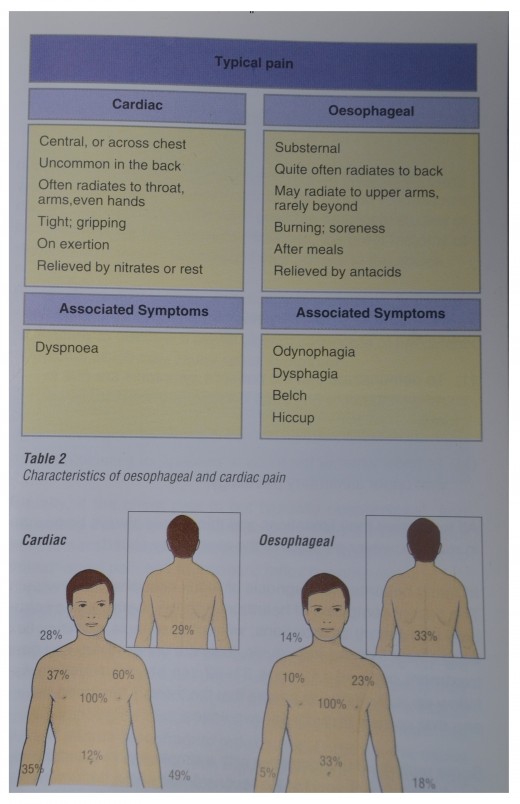
Bad News For Chocolate Lovers
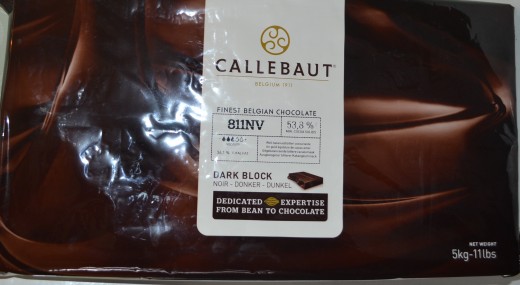
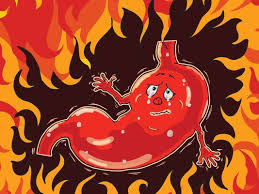
Lying in an upright position can help to reduce heartburn
Treatment
Treatment for Indigestion, Heartburn and Gastroesophageal Reflux Disease (GERD)
GERD is treated initially with simple lifestyle changes such as weight loss, cessation of smoking, consuming less spicy foods, less caffeine and alcohol. The first line recommended drug treatment is proton pump inhibitors (PPIs). Proton pump inhibitors are a group of medicines that act on the cells that line the stomach to reduce the production of acid.
PPIs are the most potent inhibitors of acid secretion, they are effective and long lasting, and are believed to be safe with little or no side effects. However; a study looking at postmenopausal women who were taking the drugs found a modestly increased risk of fractures of the spine, lower arms and overall fractures compared to women who did not take the medications.
About 50% of people who take PPIs experience a return of the symptoms within a year, as the body compensates by increasing the amount of acid it produces. Although not recommended as a routine treatment, alginates and antacids are also used.
Laparoscopic Nissen Fundoplication (LNF)
This procedure is performed on patients for whom drug treatment are not appropriate or has failed; it is also a first-line treatment for a hiatus hernia. This anti-reflux surgery involves wrapping the upper curve or stomach, or fundus around the oesophagal sphincter where it is stapled or sewn into place. The procedure allows the lower portion of the oesophagus to pass through a small tunnel of stomach muscle to reinforce and strengthens the LES. Thus helping to prevent acid reflux while giving the oesophagus sufficient time to heal. Studies show LNF improved GERD symptoms in 8 out of 10 people who have had the procedure that can be performed as keyhole or open surgery.
Side effects include:
- Difficulty swallowing
- Increased flatulence
- Bloating and inability to belch.
Endoscopic Injection Of Bulking Agents
The procedure is performed with the use of an endoscope to find the site where the oesophagus joins the stomach known as the gastroesophageal junction. A thin catheter is passed down the endoscope through which a combination of plastic and liquid is injected into the junction. The procedure results in narrowing the junction to prevent leakage of acid from the stomach into the oesophagus. Common side effects of this type of surgery are mild to moderate; chest pain occurs in around 50% of all cases. Other procedures includes:
Endoluminal Gastroplication (ELGP) With the use of an endoscope, a series of pleats or folds are sewn into the LES to restrict opening. Ninety percent of patient reported complete cessation of regurgitation symptoms within 9 to 10 months after this procedure.
Endoscopic Augmentation With Hydrogel Implants, similar to endoscopic injection but here, a hydrogel is used.
Endoscopic Radiofrequency Ablation a balloon is passed via an endoscope to the gastroesophageal junction where it is inflated. Small electrodes are attached to the outside of the balloon where a pulse of heat is generated. The heat causes small scars to form in the tissue of the oesophagus causing it to narrow; thereby helping to reduce the leakage of acid from the stomach.
Bracelets of Magnetic Titanium Beads Restores Barrier to Reflux
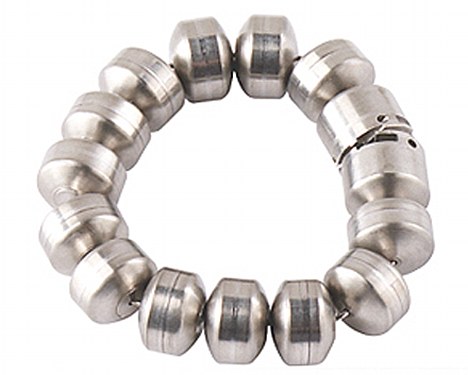
LINX Reflux Management System
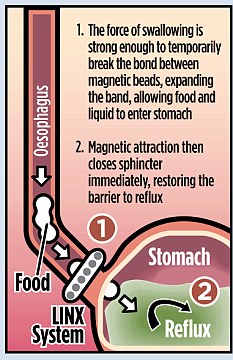
The LINX Reflux Management System
A relatively new technology for the treatment of GERD is the LINX Reflux Management System that works by reinforcing the LES. A small flexible ring of magnetic titanium beads is placed around the lower oesophagus; this procedure is performed through keyhole surgery.
The device is designed to allow the movement of food and gas through the LES by the separation of the beads under the pressure of swallowing, the magnetic attraction returns the beads to their original position after swallowing, thereby preventing reflux.
A two-year study of 44 patients with GERD found that after receiving the LINX Management System, 77% of 39 patients who were followed up, 90% of 20 patients followed up, had normal oesophagal acid exposure. None of these patients had normal oesophagal acid exposure before the device was implanted. There is a chance that the ring of beads could move and lose its effectiveness. However; the data collected so far shows no indication of this occurring, nor are there signs of the metal eroding through the oesophagus wall.
The LINX System was introduced in the UK in April 2011 but was accessible only through private hospitals, and clinics. Fortunately, the system is now available on the NHS.
Quick Facts about Heartburn Acid Reflux and GERD
- Research suggest that people who take antacids for heartburn have a 41% lower risk of throat cancer than those who do not take medication
- Heartburn is the most common symptom of GERD
- Symptoms include a persistent sore throat, hoarseness, chronic cough, asthma, chest pain, burning and feeling like there is a lump in the throat.
- GERD can affect anyone, from small infants to the elderly
- Chest pain are often confused with symptoms of angina
- Heartburn is extremely common in pregnancy, due to hormonal and physical changes
- Infants regurgitate easily because the gastroesophageal sphincter mechanism is not fully developed at birth.
- Untreated uncontrolled acid reflux or GERD can result in serious conditions such as esophagitis, oesophagal bleeding, strictures, ulcers, Barrett's oesophagus, scarring and risk of oesophagal cancer
Acid Reflux Remedies Include:
Over-the-counter medication like antacids helps to relieve mild to moderate symptoms, but should not be taken with other medication because it can prevent the absorption of other medication into the body.
Proton Pump Inhibitors (PPIs) works by reducing the amount of acid produced by the stomach; side effects are uncommon.
H2-receptor antagonists or H2RAs may be prescribed to be taken with PPIs for a limited time, about two weeks or as an alternative to PPIs, when it is unable to control symptoms of GORD
Prokinetics are medications that help to speed up the emptying of the stomach, to reduce the chances of acid irritation of the oesophagus. A small number of people who take prokinetics have experienced extrapyramidal symptoms, these are a series of related side effects that involving the nervous system, side effects includes:
- Muscles spasms
- inability to open the mouth fully
- Tendency to stick the tongue out of the mouth
- Slurred speech
- Abnormal changes in body posture
People who are taking prokinetics and are experiencing these symptoms should contact their doctors or health providers immediately. Extrapyramidal symptoms should cease within twenty-four hours of stopping the medication.
Although antacids like Tums are used widely for indigestion and heartburn, many contain aluminium, a substance that is implicated in the cause of alzheimers. More information on this subject are in my hub Aluminium and Alzheimer's
Cure Heartburn With Diet and Lifestyle Changes
Honey Soothes and Relieves Inflammation Caused by Acid Reflux

Some Natural Remedies used in the Treatment of Acid Reflux and GERD
Natural Remedy
| Action
| Research/Study
| |
|---|---|---|---|
Honey
| Known for its antibacterial and anti-inflammatory properties
| Clinical Studies BMJ
| |
Probiotic
| These are friendly bacteria found in the digestive tract. Believed to strengthen the lining of the GI tract by protecting it from harmful bacteria such as H. pylori.
| Ongoing research
| |
Papaya Enzyme Supplement
| anti-cancer and anti-inflammatory effect. Contain digestive enzyme. Contact your doctor before taking this supplement for treating heartburn.
| PubMed.gov
| |
Apple Cider Vinegar
| Believe to be able to neutralize stomach acid, however, this product is in itself highly acidic
| No research to support claim
| |
Baking Soda
| Helps to neutralize stomach acid.
| Journal of Dental Research
| |
Aloe Vera juice
| Reduces inflammation in the esophagus and stomach. Half a cup is recommended, juice can also have a laxative effect so choose a brand where laxative component has been removed as in Aloe Vera Powder. Aloe Vera is also thought to be able to strengthen the LES to improve its function and contains enzymes that aids digestion.
| Limited Research Available
| |
Chewing Gum
| Chewing a piece of sugar free gum after a meal can help to relieve heartburn
| Journal of Dental Research
| |
Baking Soda
| 1 /2 teaspoon of baking soda added to a glass of water can help to relieve heartburn. Too often and this can result in nausea and swelling.
| Journal of Dental Research
| |
Licorice
| Contain natural stomach healing properties, too much can cause hypertension. Use DGL licorice which does not contain glycyrrhizic acid
| Limited research Available
| |
Slippery Elm
| Used in herbal remedies for centuries to treat conditions such as GERD symptoms. Works by thickening the lining of the stomach to prevent acid damage
| Maryland Medical Center
| |
Ginger
| Prevent nausea and vomiting
| University of Maryland Medical Center study suggest that 1g of ginger daily may reduce nausea and vomiting in pregnant women
| |
Always consult your doctor or health provider before taking these or any other medication. Information in this article is for educational purposes only, not intended as a substitute for medical advice.


